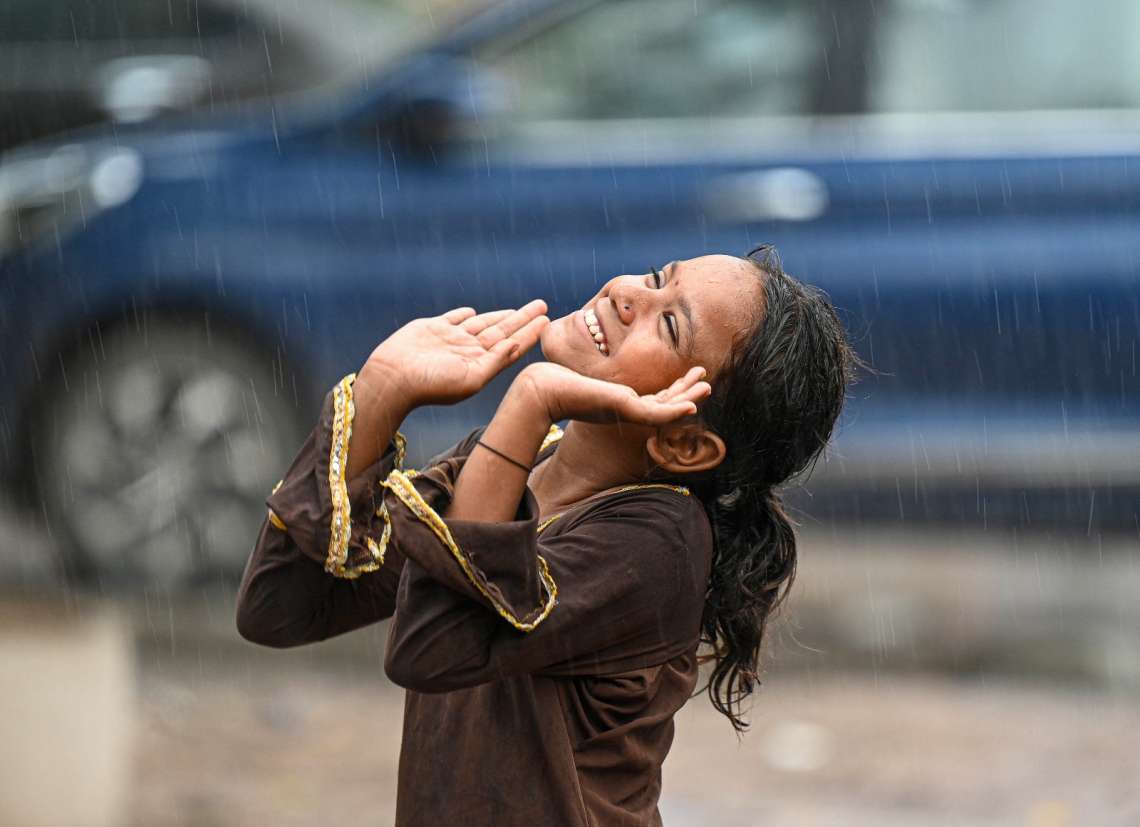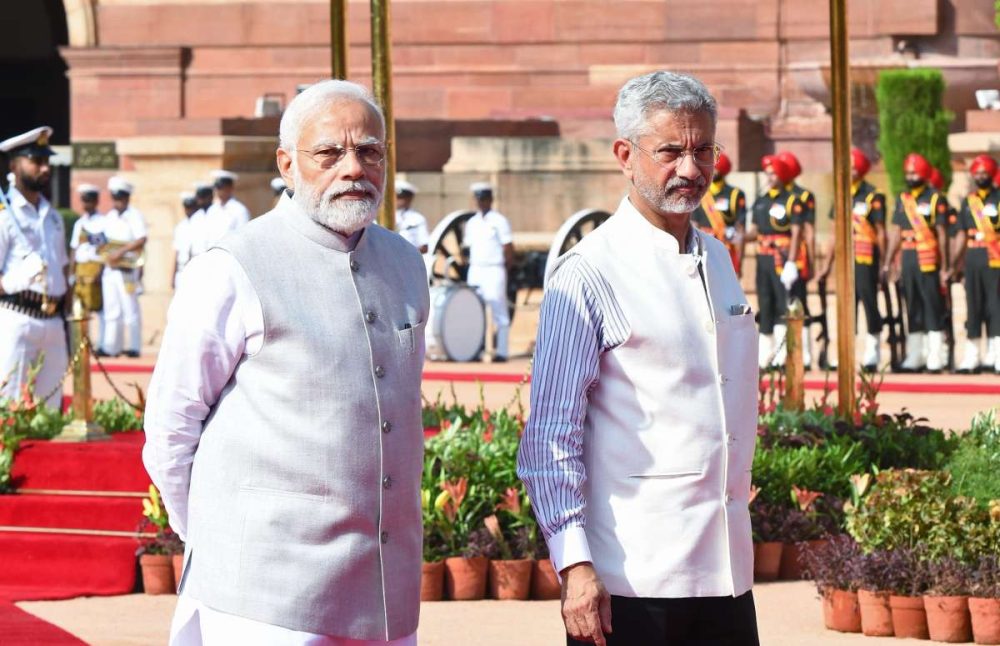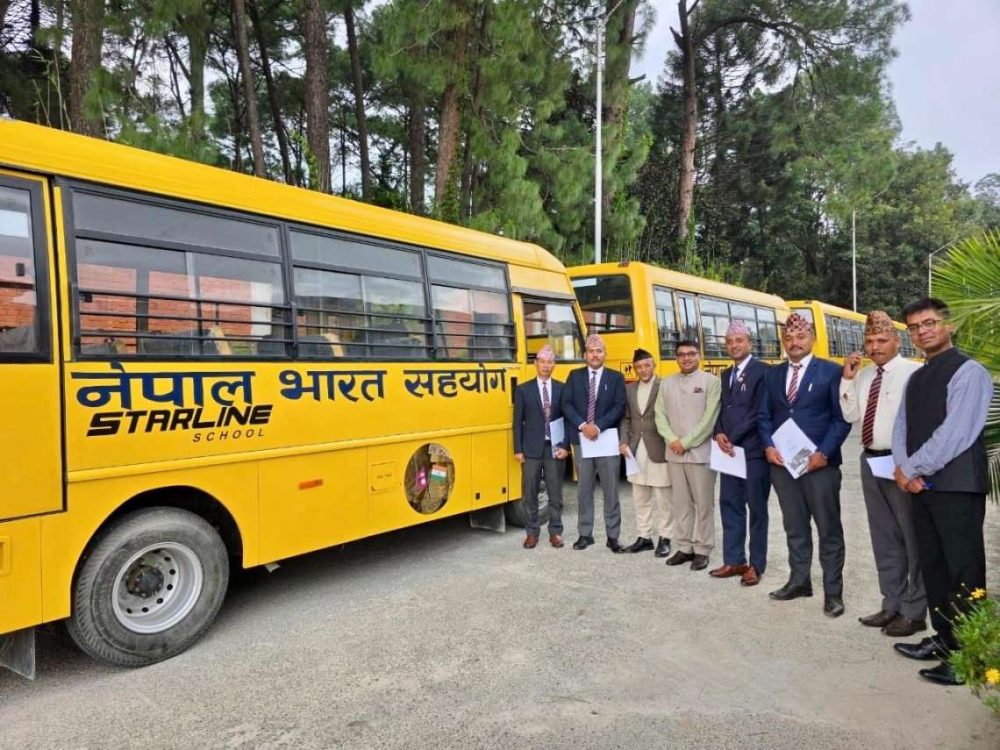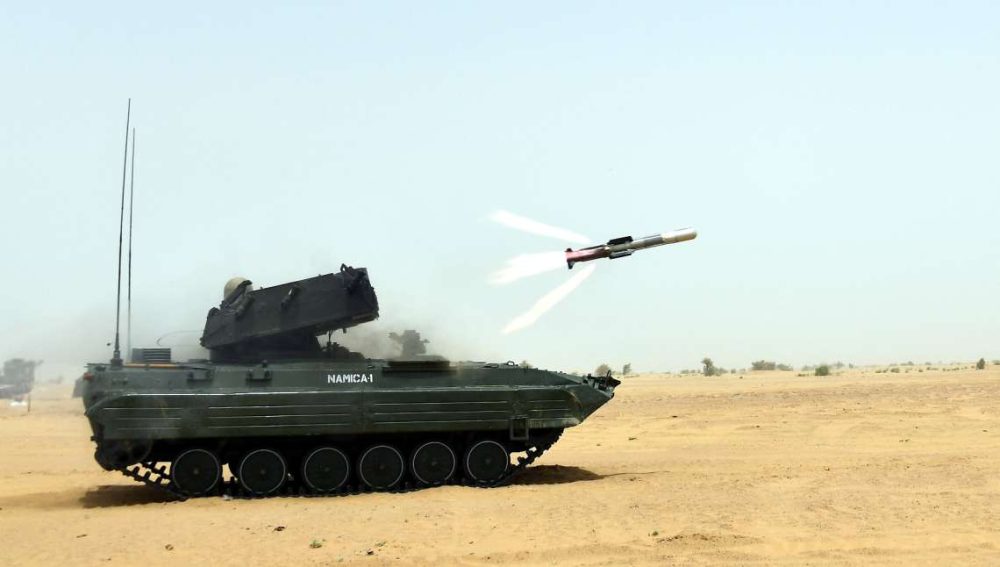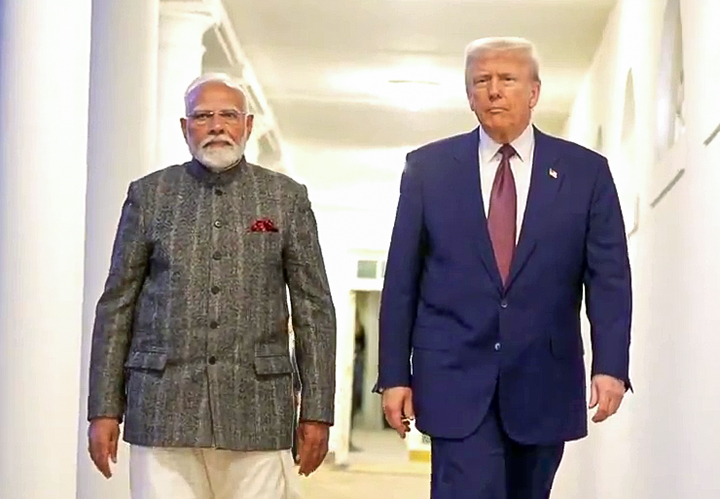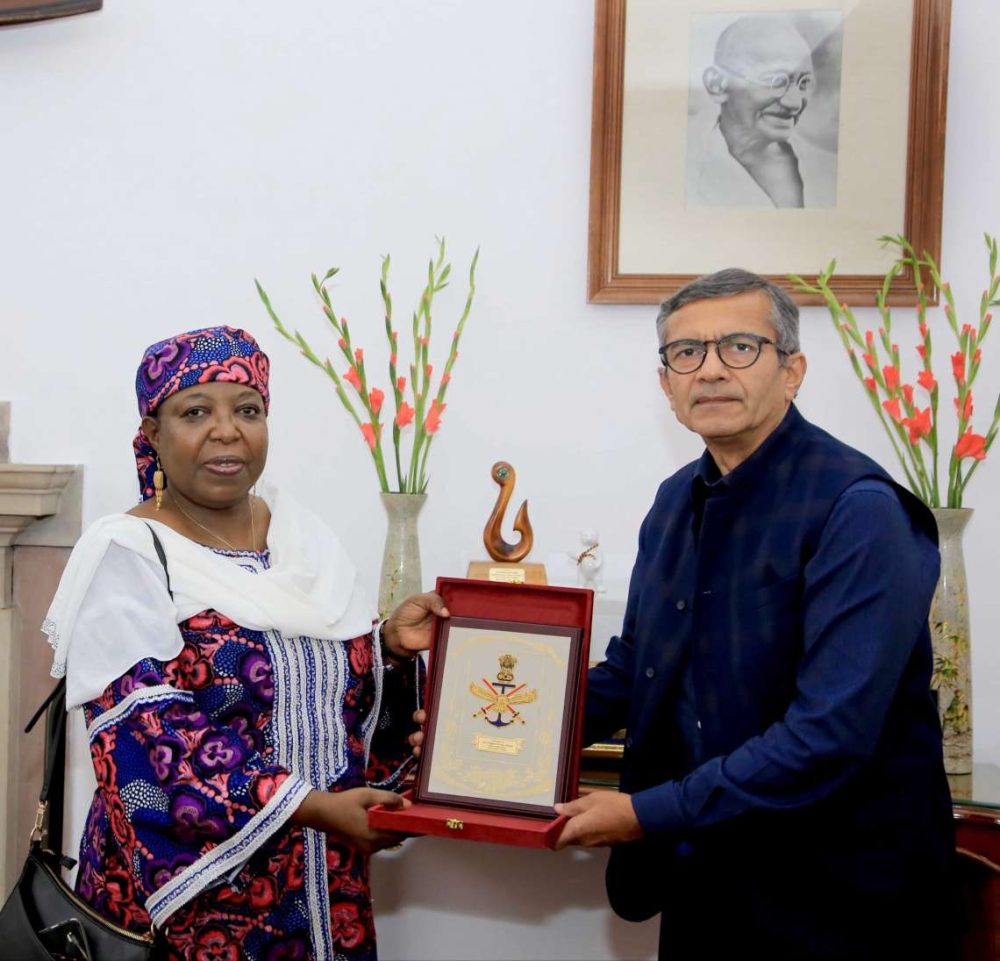Satellite internet services, operating from either Geostationary or Non-Geostationary Orbits, offer a strategic solution to India’s unique connectivity challenges
India has crossed a major digital milestone, with its internet subscriber base reaching 1,002.85 million during the April–June 2025 quarter, marking a critical chapter in the country’s ongoing digital transformation. This leap further establishes India as one of the world’s fastest-growing digital economies and underlines the increasing role of connectivity in national development.
The growth, reported by the Telecom Regulatory Authority of India (TRAI), reflects an increase of 33.75 million users from the previous quarter, translating to a 3.48 percent rise. Broadband subscriptions alone rose from 944.12 million to 979.71 million during the same period, while narrowband connections dropped slightly from 24.98 million to 23.14 million. Mobile internet continues to dominate, with 958.14 million of the total subscriptions being wireless, and just 44.71 million via fixed-line.
The rise in subscribers has also been matched by a financial upswing in the telecom sector. The average revenue per user (ARPU) for wireless services increased to ₹186.62 from ₹182.95 in the previous quarter. This marks a 2 percent increase quarter-on-quarter and an 18.52 percent rise compared to the same period last year. Average wireless data usage per subscriber reached 24.01 GB per month, with effective revenue per GB at ₹8.51. On the other hand, average minutes of usage dipped slightly to 1,006 minutes from 1,026.
However, despite this impressive growth, internet access remains uneven. Rural penetration still stands at approximately 46 subscribers per 100 people, reflecting a gap in digital access across geographies. This divide is where satellite internet is emerging as a potential game-changer, promising to bring connectivity to remote, hilly, border, and island regions where traditional broadband infrastructure is impractical or unaffordable.
India is aggressively deploying high-throughput satellites (HTS) using spot-beam technology to provide faster and more targeted connectivity in underserved areas. The Indian Space Research Organisation (ISRO) currently operates 19 communication satellites, including GSAT-19, GSAT-29, GSAT-11, and GSAT-N2, which are specifically designed to boost internet services in difficult terrains. These satellites are also playing a pivotal role in enhancing communication for in-flight services, defence applications, and disaster response networks.
There is also a broader shift underway in India’s space-based internet ecosystem. Previously reliant on ISRO’s geostationary satellites and international partnerships, India is now embracing private sector participation in the satellite communication market. With the rollout of space sector reforms, 100 percent foreign direct investment (FDI) is now permitted in satellite communications. As a result, over 10 satellite operators—including Starlink—have entered the Indian market, bringing global expertise to national ambitions.
This transformation includes the introduction of next-generation Low Earth Orbit (LEO) and Medium Earth Orbit (MEO) satellite constellations, which are capable of delivering faster, lower-latency internet services. LEO and MEO networks can provide continuous, seamless coverage, especially in remote areas, and are expected to supplement ground-based networks like BharatNet, which has already been instrumental in bringing broadband to gram panchayats across India.
Satellite internet services, operating from either Geostationary or Non-Geostationary Orbits, offer a strategic solution to India’s unique connectivity challenges. Unlike fiber optics or mobile towers, satellite networks can be deployed without complex terrestrial infrastructure, making them ideal for disaster-prone areas, remote border locations, and sparsely populated regions. This makes satellite connectivity not just a technological choice, but a socio-economic necessity.
The government’s emphasis on integrating satellite internet aligns with its Viksit Bharat 2047 vision, which aims to build an inclusive digital future for every Indian citizen. It also strengthens India’s strategic autonomy in communications and enhances national security by ensuring self-reliance in space-based technologies.
While the billion-user milestone is commendable, it also places increased responsibility on stakeholders to ensure service quality, affordability, and last-mile delivery. As internet usage expands, so too does the demand for robust infrastructure, cybersecurity, data privacy, and digital literacy. Public–private partnerships, faster satellite launches, improved device accessibility, and localized content will all play critical roles in sustaining this momentum.
India’s journey from a digital laggard to a digital leader has been marked by innovation, policy shifts, and private investment. The current focus on satellite internet further consolidates this trajectory. It opens doors not just for increased access but for new applications in education, health care, e-governance, and agriculture. With a population that is increasingly mobile and digitally connected, the next chapter in India’s digital story may very well be written in the stars.




